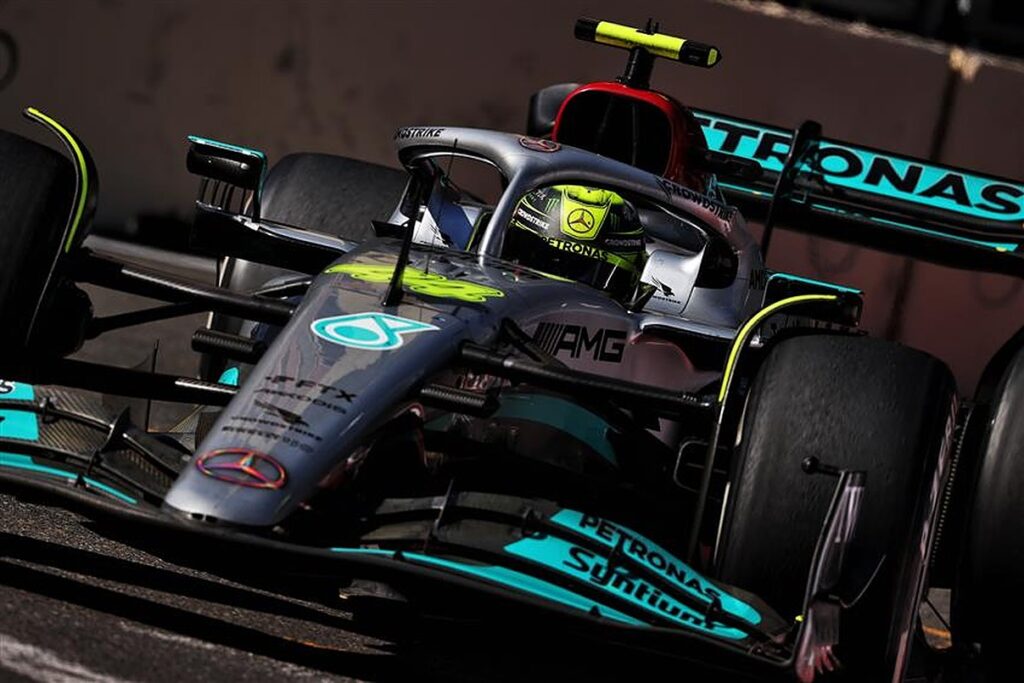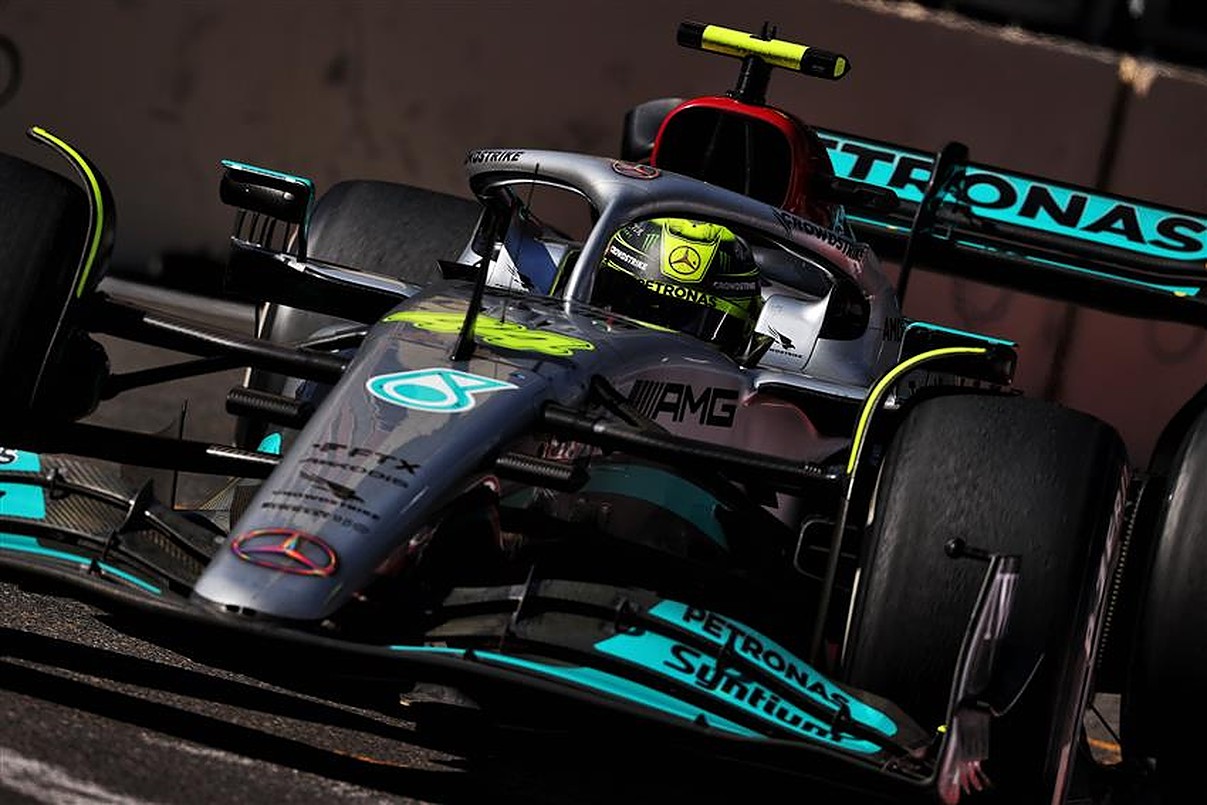The major regulation changes that came at the start of 2022 gave teams a new car design to work around to create the most innovate and effective development pathway possible.
Some teams like Ferrari and Red Bull took full advantage of this opportunity and were competitive from the start, while the likes of Mercedes picked the wrong pathway and initially struggled in F1’s new era.
Mercedes’ biggest problem was porpoising, a violent bouncing that many teams were struggling to avoid under the new regulations.
Team principal Toto Wolff has claimed that it took the team around half the season to fully understand and solve the issue, with the FIA stepping in after the Azerbaijan Grand Prix to tweak the regulations to help prevent the bouncing.

READ: Valtteri Bottas reveals Sebastian Vettel story
The porpoising caused some drivers on the grid extreme pain during races as their teams sought to find a solution to the issue and F1’s chief technical officer Pat Symonds has stunningly admitted that had ‘forgotten’ to check for the issue at the start of the year.
“I have to admit, it wasn’t on our radar, but we should have [foreseen] it,” said Symonds.
“We had the ability to discover it beforehand because we worked with dynamic simulations. For example, we used them to check what happens when a car spins and gets air under it.
“So the type of accident Mark Webber once had in Valencia. This requires special software that we could have used to anticipate and understand the bouncing.
“I should have known too, because I used to work on ground effect cars. I had simply forgotten.”
READ: Lewis Hamilton snubs Max Verstappen as he refuses to participate in voting
The FIA’s mid-season intervention saw the regulations tightened around the flexibility of the underfloor and the ride height of the cars, as the bouncing was becoming a genuine health risk to the drivers.
These changes were met with controversy at the time, as the likes of Red Bull were not experiencing the bouncing anywhere near as bad as Mercedes, proving that it can be prevented if the teams simply figure out the best way to develop their car.
Once the issue had been solved by the teams, they became more competitive, as Mercedes finally picked up a race win in Brazil after being able to focus their development on improving the W13 rather than fixing its issues.

